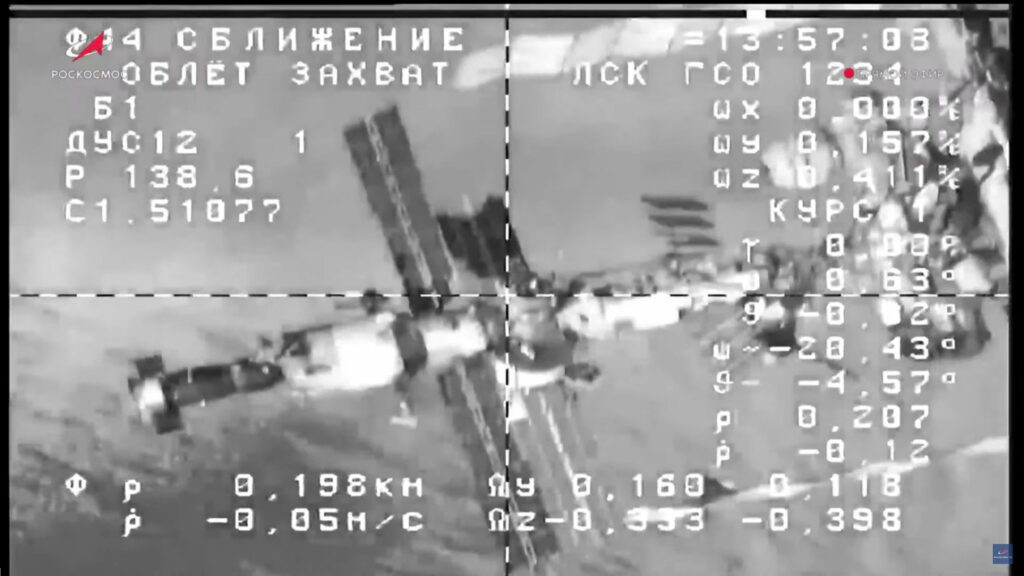NASA has formally selected SpaceX to produce a vehicle to allow a controlled entry of the International Space Station (ISS) and safe landing in the sea.
The decision comes in tandem with the agency’s supporting role in commercial efforts to create smaller commercial low Earth orbit (LEO) space stations, like Starlab and Orbital Reef. First, however, the space agency must work out how to safely dispose of the ISS.
The historic event will probably take place in late 2030 with the ISS landing somewhere in the Pacific Ocean. However, the date may be delayed if LEO space stations are not yet available. The contract to build the United States Deorbit Vehicle (USDV) is valued at up to US$843 million. It has not been disclosed whether the disposal will include the Russian modules of the aging space station which may yet be separated. The contract does not include the launching of the USDV which will be procured at a later date.

The International Space Station (ISS) as seen from the Progress MS-25 spacecraft during its approach. Courtesy: Roscosmos
The technology for the USDV, which will dock with the ISS under NASA’s control, has not been revealed but it is likely to be a variant of the Dragon spacecraft carried into orbit on a Falcon 9 launch. It is possible that a version using extra fuel may have to be launched by a Falcon Heavy rocket instead. Ken Bowersox, NASA associate administrator for space operations, noted: “Selecting a US Deorbit Vehicle for the International Space Station will help NASA and its international partners ensure a safe and responsible transition in low Earth orbit at the end of station operation.”
In the past, space stations were disposed of in both controlled and uncontrolled ways. NASA’s Skylab space station, with a mass of 91 metric tons, naturally decayed after its retirement – because the Space Shuttle was not ready in time to give it an orbital boost – and it re-entered the Earth’s atmosphere in 1979, with surviving elements falling onto Australia. Roscosmos’s Mir space station, a multi-module spacecraft with a mass of 129.7 metric tons, had a controlled re-entry into the South Pacific on 23 March 2001. This was achieved using burns made by Progress M1-5, a cargo craft attached to it.
As an aside, Airclaims Limited, a previous owner of the Seradata launch and space database (then called SpaceTrak), was appointed as the official loss adjuster should any third-party damage be caused by surviving elements of Mir’s re-entry, for example, if its re-entry had gone off course.







